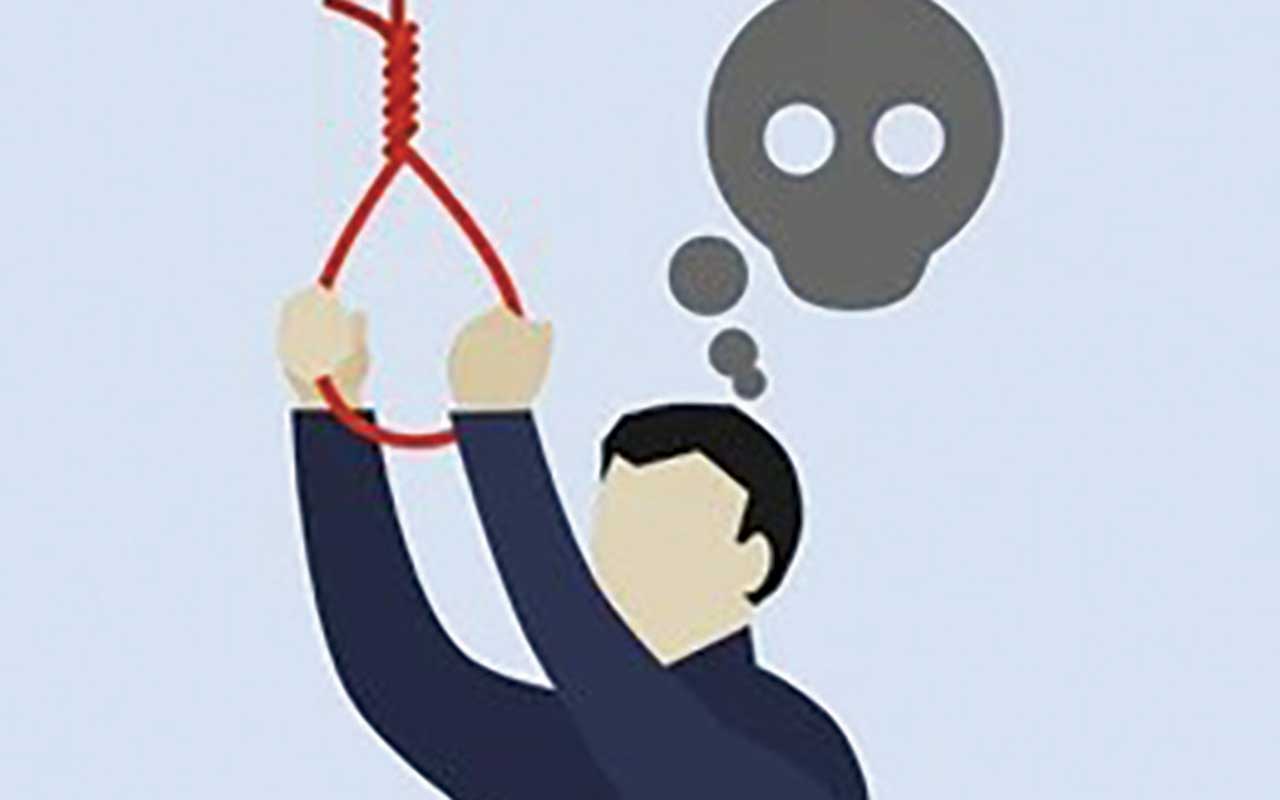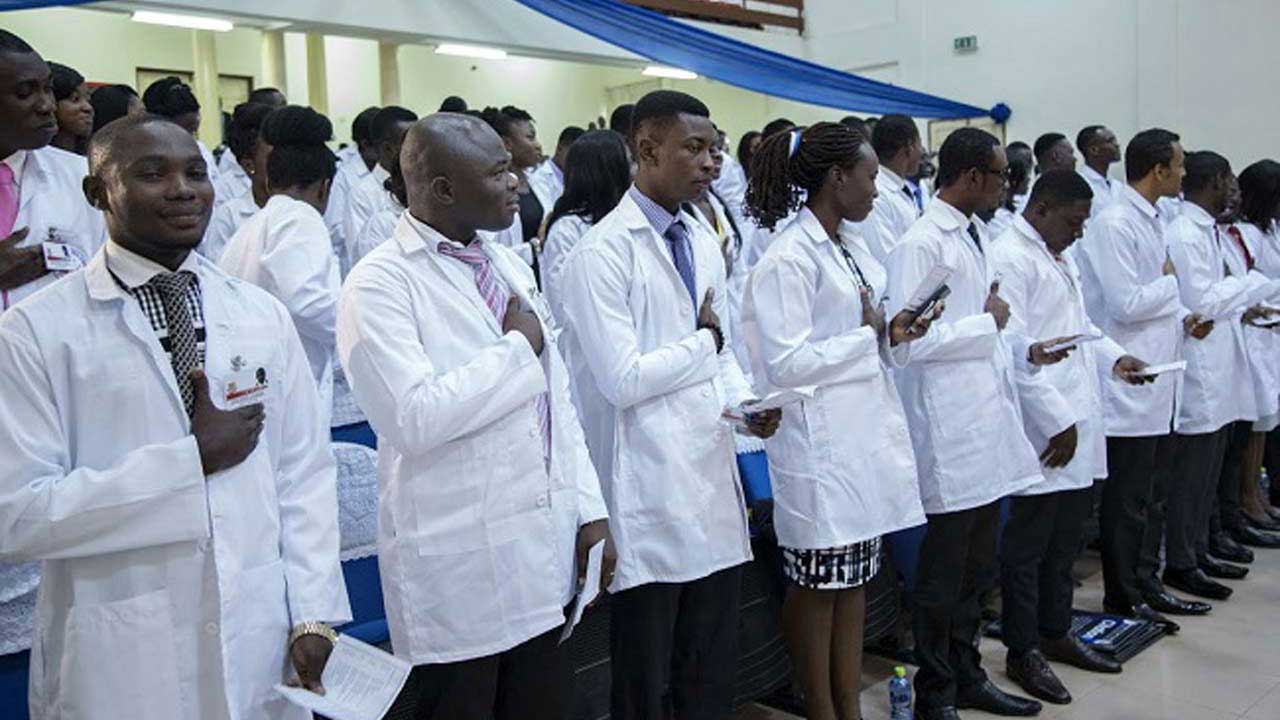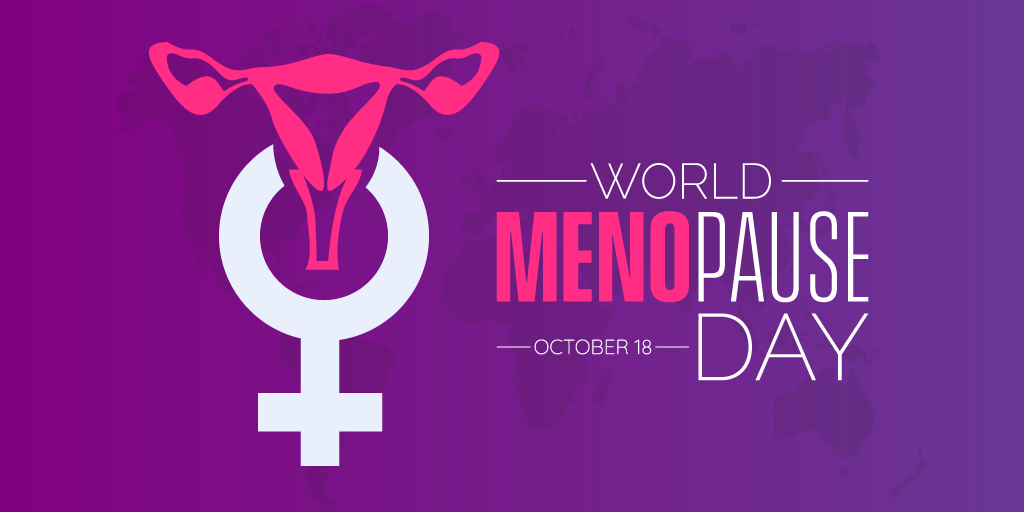Once rated as having the happiest people on earth, Nigeria is gradually experiencing a spike in the number of its citizens, especially youths, who are taking their own lives. BERTRAM NWANNEKANMA reports that entrenching family values among youths and decriminalising suicide could flip the narrative.
With an estimated 15,000 deaths arising from suicide yearly, Nigeria is obviously grappling with a suicide crisis that is concealed by stigmatisation, conspiracy of silence, and the criminalisation of attempted suicide in the country, which discourages distressed persons from seeking help.
As one of the few countries where survivors of suicide attempts may face imprisonment under Section 327 of the Criminal Code and Section 231 of the Penal Code, the distressing economic milieu is adding fuel to the fire, thereby putting the country on the cusp of a suicide epidemic.
Even though the Federal Government has reaffirmed its commitment to decriminalising attempted suicide, setting December 2025 as the target date for the reform, the slow movement of government plans and programmes still makes the journey to the Promised Land a lengthy one.
Daily, Nigeria’s morbid register of suicide-induced death adds a new name, with 19-year-old Timilehin Faith Opesusi and 32-year-old Andrew Chukwuka Nwosu being some of the latest names on the list.
While Opeusi took hers following her disappointment over her low score in the 2025 Joint Admissions and Matriculation Board (JAMB) Unified Tertiary Matriculation Examination (UTME), the organisers later owned up to their blunders,
Nwosu was found dead by suicide on Olokoro-Umudike Road in Umuahia South Local Council of Abia State, where he reportedly parked his car by the roadside before using his belt to hang himself on a nearby fence on Thursday, April 17, 2025.
His death was only a month and four days after an unidentified woman, on March 13, committed suicide by plunging into the Lagos lagoon, off the Third Mainland Bridge.
An eyewitness reported that the incident occurred at approximately 4:00 p.m., at the University of Lagos (UNILAG) waterfront area of the long bridge.
Marine police officers stationed in the area responded to the emergency, only to recover her lifeless body.
The exact circumstances surrounding the incident remain unclear, but the eyewitness speculated that it may have been a case of suicide.
Sadly, suicide, the intentional taking of one’s own life trend has dramatically changed in the last few years, with more teenagers taking their lives, especially by poisoning themselves.
Despite being preventable, the World Health Organisation said that more than 720,000 people take their own lives yearly. This makes it the third leading cause of death among 15–29-year-olds, and 73 per cent of global suicides occur in low- and middle-income countries.
Nigeria is confronted with a suicide crisis that remains largely hidden behind stigma and silence, with an estimated 15,000 deaths annually and criminalisation of attempted suicide in the country, discouraging people in distress from seeking help.
Citing published articles and medical literature, Consultant Family Physician and Head of the Family Medicine Department, General Hospital Lagos (Odan), Dr Sixtus Ikechukwu Ozuomba, stated that 77 per cent of all suicides happened in low-and middle-income countries.
He stressed that Nigeria, with a population of over 200 million, is one of the epicentres of suicide in the world, with a suicide estimate of 17.3 per 100,000, which is higher than the global (10.5 per 100,000) and Africa (12.0 per 100,000) estimates.
According to him, the suicide rate in Nigeria is above the global rate of 10,5/100,000 and the African rate of 12.0/100,000, while Lesotho is the highest rate at 72.4/100,000. In 2023, about 83 suicide cases were recorded in Lagos State alone.
Ozuomba, who is the Chairman of the Society of Family Physicians of Nigeria (SOFPON), South-West Zone, said that as many as 15 per cent of people with untreated depression end their lives by suicide.
According to him, in a Nigerian study, 80.6 per cent of the affected individuals were men, 51.8 per cent were married, 33.6 per cent were students, and 2.3 per cent were aged between 25 and 34 years.
Deaths by suicide are perceived as sinful, a taboo and caused by evil forces, so affected families are often stigmatised and denied social opportunities, hence they prefer to hide the mode of death of their loved ones, declaring suicides as accidental deaths or as homicides.
Many of the reported cases rely on police and hospital records, neither of which is comprehensive and might have been influenced by the bereaved.
Research evidence on suicidal behaviour in Nigeria documents the use of chemicals, self-cutting, burning with kerosene, hanging and firearms as methods of suicide.
Persons who engage in suicide, research reveals, are sometimes ambivalent, and some are impulsive responses to psychological stressors.
In Nigeria, 48.6 per cent of suicide victims hung themselves, and 32.2 per cent poisoned themselves.
In Lagos, Nigeria’s suicide epicentre, drowning is a common method, while hanging and firearms are among the most common methods of suicide globally.
Among the major factors responsible for suicide are personal risk factors, including financial constraints, family history of suicide, loss of loved ones, mental illness, physical illness, substance abuse and so on.
The WHO also noted that while the link between suicide and mental disorders (in particular, depression and alcohol use disorders) is well established in high-income countries, many suicides happen impulsively in moments of crisis with a breakdown in the ability to deal with life stresses, such as financial problems, relationship break-up or chronic pain and illness.
In addition, experiencing conflict, disaster, violence, abuse, or loss and a sense of isolation are strongly associated with suicidal behaviour.
The WHO also noted that while the link between suicide and mental disorders (in particular, depression and alcohol use disorders) is well established in high-income countries, many suicides happen impulsively in moments of crisis with a breakdown in the ability to deal with life stresses, such as financial problems, relationship break-up or chronic pain and illness.
In addition, experiencing conflict, disaster, violence, abuse, or loss and a sense of isolation are strongly associated with suicidal behaviour.
A Professor of Psychiatry at Obafemi Awolowo University and Consultant Psychiatrist at the Obafemi Awolowo University Teaching Hospital, Ile-Ife, Adesanmi Akinsulore, who recently explained that Nigeria ranks sixth globally among countries with the highest suicide rates, emphasised that while men account for nearly 79 per cent of suicides, women are more likely to struggle with suicidal thoughts.
He stressed the urgent need for collaborative action, particularly among young people and students, where the problem is most acute.
While the real scale of the problem is believed to be far higher than reported, a Lifeline International report, which cited the WHO as saying that for every person who dies by suicide, at least 20 others attempt. In Nigeria, this translates to more than 300,000 people in suicidal distress each year, many of whom are left without safe avenues to seek help.
That said, the impact is not limited to individuals because for every life lost, at least six others- relatives, friends or colleagues – struggle with the emotional and psychological aftermath.
For Dr Dedoyin Ajayi, a mental health expert, there is a nexus between the unregulated exposure to social media and the increasing rate of suicide among youths.
According to her, an average young person in the world today complains of chronic burnout, and the generation can be termed ‘a very exhaustion-themed generation.’
“It’s a general state of being nowadays. So, many of them are trying to manage it with the excessive use of social media, and then, we have a lot of social media abuse.
“Another thing that social media consumption does is that it opens you up and makes you susceptible to very harmful information,” Ajayi added.
A consultant psychiatrist at Lagos University Teaching Hospital (LUTH), Idi Araba and a one-time coordinator of the Suicide Research and Prevention Initiative (SURPIN), Dr Raphael Ogbolu, could not agree less with Dr Ajayi.
He told The Guardian that there are peculiarities in the experiences of many young people between the ages of 13 and 35.
According to the psychiatrist, these groups are less traditional and are more likely to be raised by single parents, and are more entrepreneurial, more into phones than television.
Adducing reasons for the increasing rate of suicide cases in Nigeria, Dr Olugbenga Adekile Owoeye, a psychiatrist and Medical Director of Federal Neuro-Psychiatric Hospital, Yaba, highlighted the breakdown of social coherence within families as a contributory factor.
He noted that many young people no longer engage with their families, opting for online interactions or friendship with Artificial Intelligence (AI) over human connections.
This lack of family values and connectedness, he said, can lead to family dysfunction and have lasting consequences on mental health.
He stated that these cases mainly involve adolescents and young adults, whose values differ significantly from those of previous generations due to exposure, technological advancements, and a lack of family values.
Owoeye explained that young people today often feel like failures when they see their peers achieving milestones like buying houses and cars, leading to feelings of impatience and inadequacy.
This pressure to achieve lofty goals can result in disappointment, depression and ultimately thoughts of suicide or suicide attempts.
Dr Owoeye, who also emphasised the importance of recognising warning signs of suicide, such as talking about death, expressing a desire to die, or engaging in self-harm, stressed the need for early intervention and support for individuals at risk of suicide, urging families, communities, and the government to play a role in suicide prevention.
To address the rising suicide rate, Dr Owoeye recommended increasing help-seeking behaviour, creating crisis intervention teams at suicide hotspots like the Third Mainland Bridge, and decriminalising suicide through appropriate legislation.
Furthermore, he emphasised the need for swift intervention, proper assessment, and treatment for individuals in distress, rather than punitive measures.
On his part, a clinical psychologist and family therapist, Dr Miracle Ihuoma, highlighted the importance of recognising signs of suicidal behaviour and addressing underlying mental issues.
He noted that young people are particularly vulnerable to suicide due to a lack of resilience, an unstable emotional state, and family backgrounds that may contribute to suicidal tendencies.
Dr Ihuoma stressed the need to raise awareness about suicide and mental health, reduce stigma and encourage individuals to seek professional help, emphasising that suicide is a mental health condition that is similar to other mental disorders and should not be criminalised.
Encouraging individuals to seek help from mental health professionals, he said, is vital in preventing breakdowns and abnormal behaviours, while taking care of mental health is crucial to avoid drastic actions.
“By offering emotional support, promoting mental health awareness, and providing access to resources, we can better manage and prevent suicide in our communities.”






